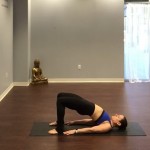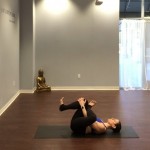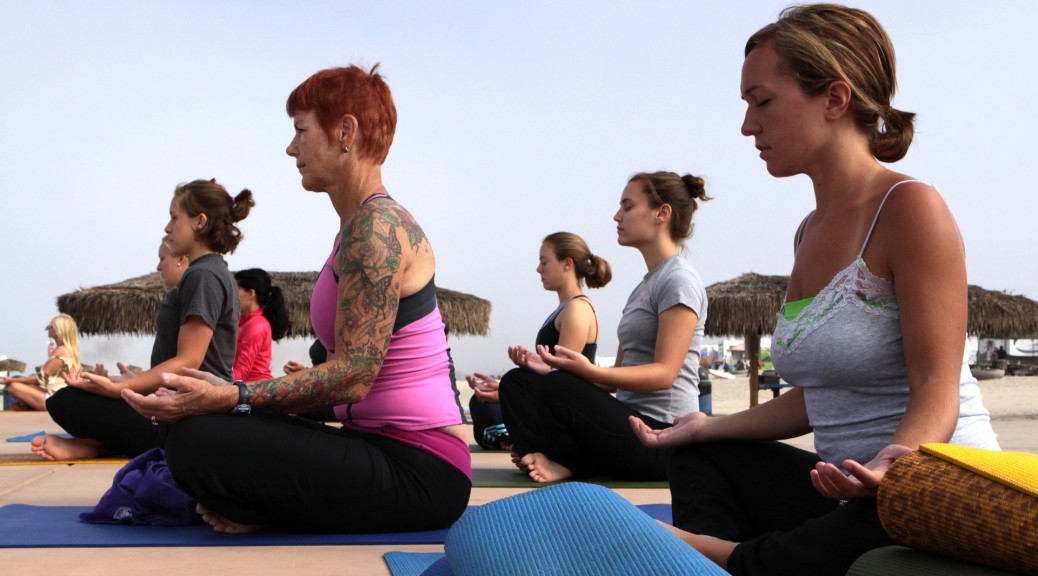I have been practicing yoga for over 10 years. One thing I know for sure, it’s one of the most consistent and transformative things I’ve ever done. Over the last 10 years, yoga has been a constant presence in my life. I love yoga and continue to enjoy my practice and my ability to explore my body, mind, and soul. I believe that yoga is a gift for everyone to enjoy.
Through the years, I’ve learned that the physical health benefits of yoga are numerous, but yoga also has the ability to boost your emotional health as well. I’d like to share some of the things I’ve learned from yoga in this week’s blog.
I hope this article inspires you to give yoga a try and if you already have, I am sure you may agree with the things I have listed below!
Here are some of the life lessons that yoga has taught me.
Follow your heart:
Once opened, the possibilities for love and joy are endless! Once in a job I hated and living life in a perpetual pattern of negative thought, I discovered yoga and it helped open my mind to endless possibilities. Yoga gave me the strength and wisdom to get rid of my doubts, fears and worries. Instead, I am able to listen to my inner self and follow my heart. Without yoga I wouldn’t be where I am today- an entrepreneur, who opened her own yoga studio in an effort to give back to a community that gave her so much. I want to help others find their true path and empower them through their own yoga journey of healing and self discovery.
You are capable of more than you give yourself credit for:
I believe that whatever my goals are, I can accomplish them with determination, hard work, and persistence. For example, just a few years ago, I never thought I could do a handstand. But I can do them now (at least for few seconds lol) because I just kept practicing, gaining strength, and learning the technique little by little. Sometimes we put limits on ourselves, but we can do more than what we give ourselves credit for. I know things can seem scary sometimes, but it’s in those moments, we know that we are alive. Plus, once we’ve achieved our goals, we are rewarded with a feeling of self accomplishment and satisfaction.
Live in the present:
This can still be a challenge for me, but I work hard at it each day. When we step back and take a moment to consider how much of our day we spend worrying about what is going to happen next, or what has happened, it can become very detrimental to your mental, emotional and physical health. When we constantly worry about things we can’t control or change, we begin to feel anxious, stressed and even depressed. To avoid this, take each day, hour and even minute at a time to experience the present moment fully and let go of any other stressers you do not need. Yoga is a great way to help get you there. In yoga, we observe our thoughts, get down past the surface of everything and go deep into our core of existence. Here is where we find the answers to what we need to let go of and start living.
Just breathe:
This may sound simple, but trust me, it’s one of the best lessons I’ve learned. When faced with a difficult situation or when experiencing unsettling emotions, the first thing that comes to my mind is “just breathe”. Slowly, in through the nose and out through the nose (eyes open or closed), I just breathe. Sure enough, I feel calmer, stronger and more able to deal with whatever is going on around me and within me.
Don’t create unnecessary tension:
Sometimes in yoga when we get into a pose that challenges us, we clench our teeth and/or tense our shoulders or face. In those moments, it’s important to remember to relax and just breathe. Similarly in life, as things get hard, try not to overreact, panic, become defensive, or place blame, just relax and breathe. Unnecessary tension causes stress and stress is bad for our overall health.
Don’t take anything for granted:
Nothing in life is guaranteed. What is here today may be gone tomorrow, so appreciate and value what you have while you have it. You never know what may happen next. Remember, it’s about the journey, not the destination. With yoga, and with life, the beauty of the practice is not about the “results,” but about the journey. Enjoy every moment and don’t take anything for granted.
It’s ok to fall:
You know that pose that looks and seems totally impossible? You’ll never gain the strength and flexibility you need to do it if you don’t try. Same applies in life; stop worrying about if you fall down and just give it a try and keep trying until one day it sticks!
Be patient:
You can’t force your body to open into a pose before it’s ready, otherwise you could get hurt. To get into more challenging poses, you need to warm up and work up to them; some poses take a lifetime. Life is the same way, forcing things to happen when they aren’t ready, almost never gets us closer to our goals.
Alignment is key:
In yoga poses, it’s important to align your body properly to avoid risk of injuries. Same with life. If you do things that don’t align with your core values, you put yourself at risk and prevent yourself from achieving your goals.
Only you know your body:
In a yoga class, your teacher is there to guide you and offer suggestions. No matter how many teacher trainings they’ve completed, he/she doesn’t live in your body and he/she doesn’t feel what you feel. For this reason, you are the only one who can really make sound decisions for yourself. Trust your judgment, do what feels right, and you can never go wrong.
We never stop learning:
As soon as you think you’ve mastered a pose, making a slight adjustment can change everything. Every pose has multiple variations that can make it more supportive or challenging. This is the nature of yoga poses, and also the nature of life. There’s always another lesson to learn, new places to explore, and new challenges to meet.
Never give up:
Whether it’s mastering a new yoga pose or attaining your life’s goal or dreams, never give up. Yoga has helped teach me to find the resilience, courage and inner strength to believe in myself and to never give up. So for those of you currently facing challenging times and searching for strength, know that’s it’s already within you, all you need is the courage to pull it out; never give up.
Every time you get on your mat you bring with you different challenges; with different mental, physical and emotional challenges, the experience differs accordingly. Sometimes you feel physically strong, while other times your balance may be off and that’s ok. Take a few moments to observe and accept what is going on and then learn from it. Enjoy the journey of life, continue to grow and challenge yourself, and never give up!

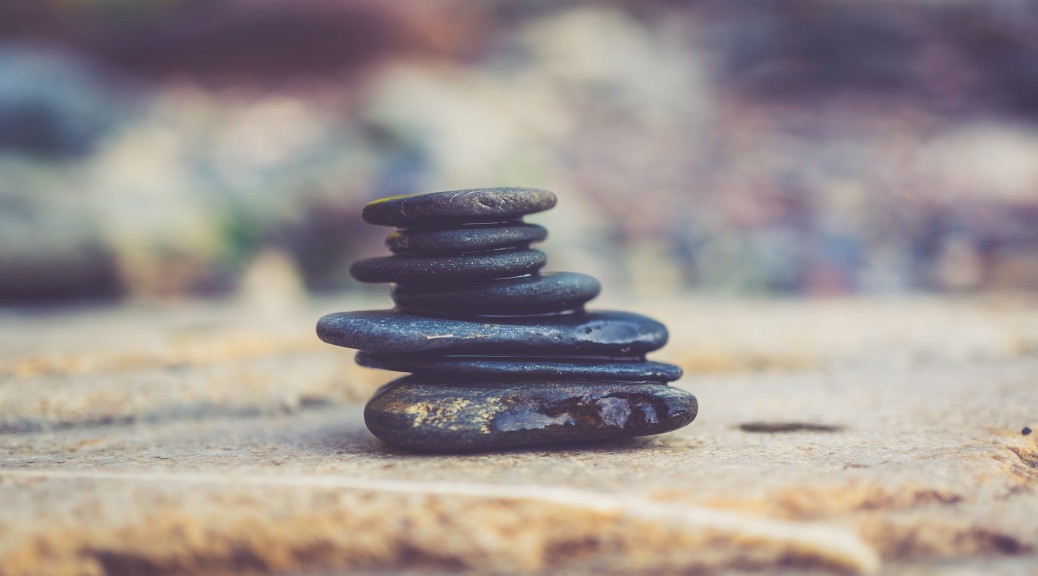
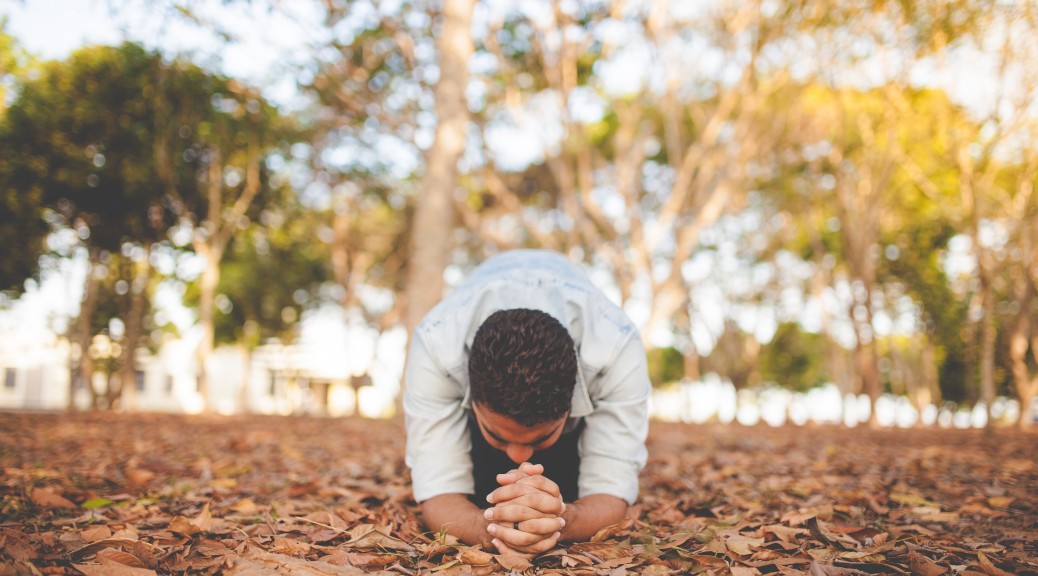
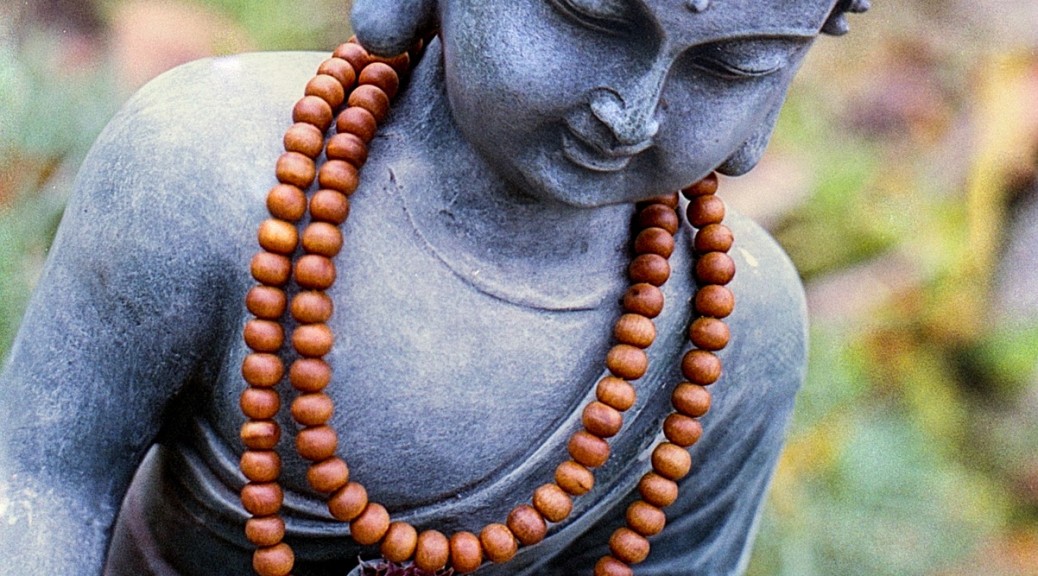
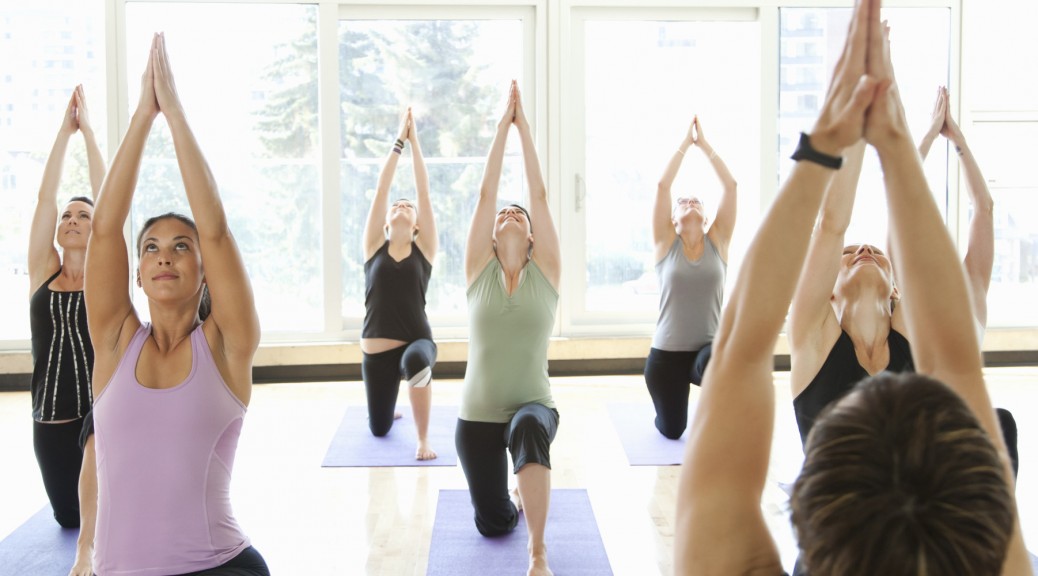
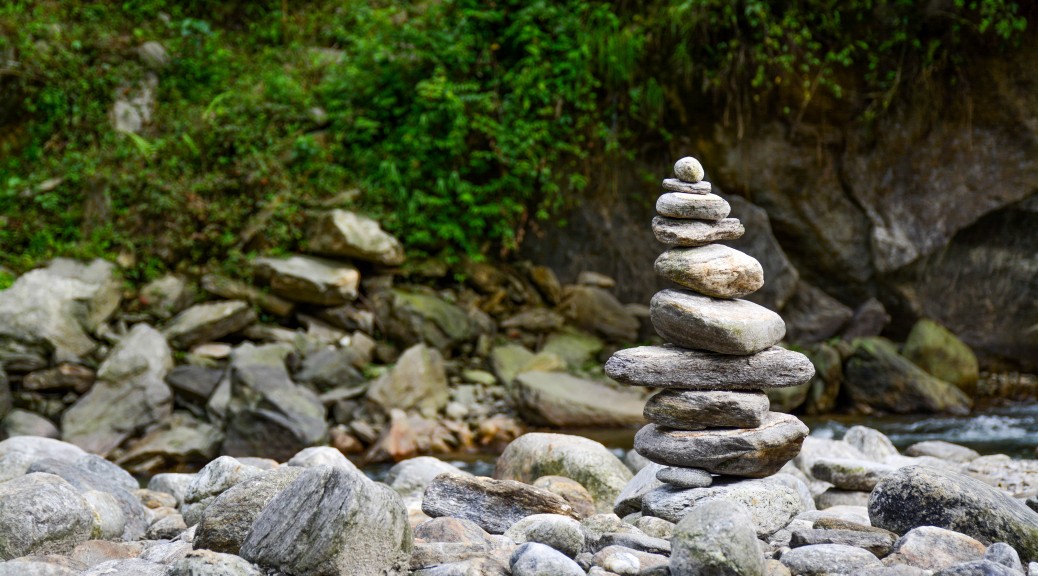
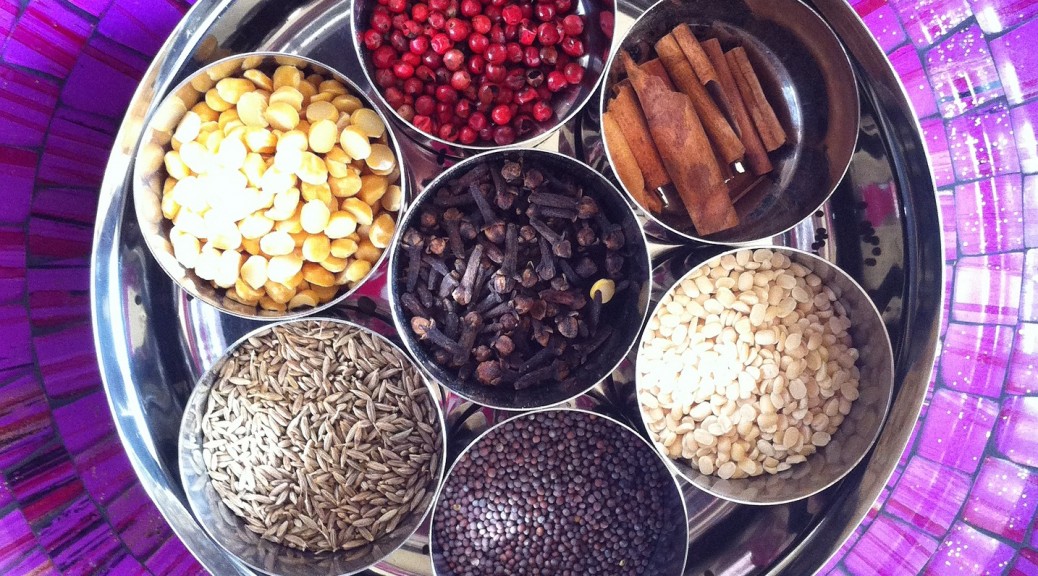

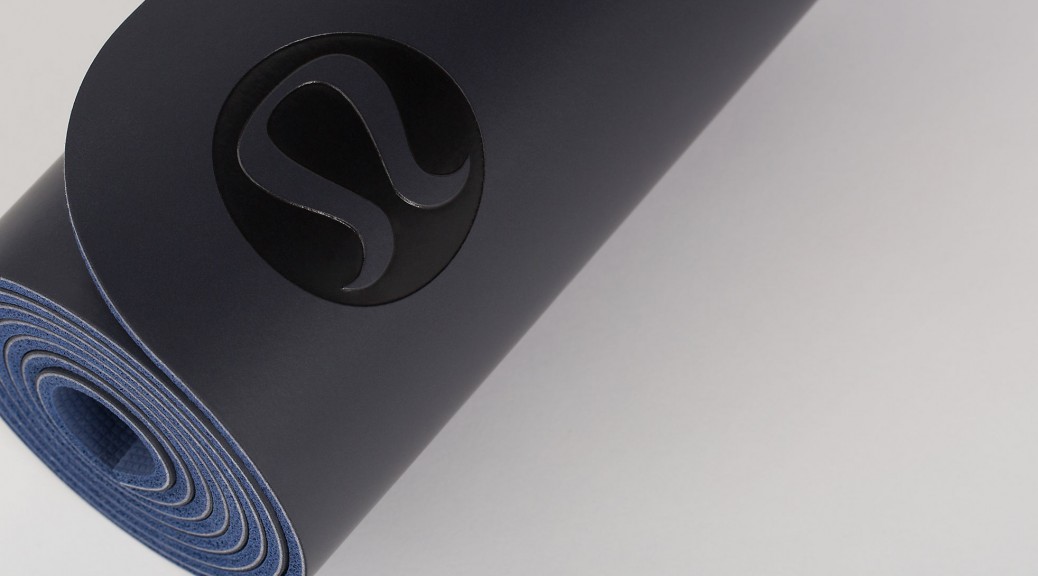
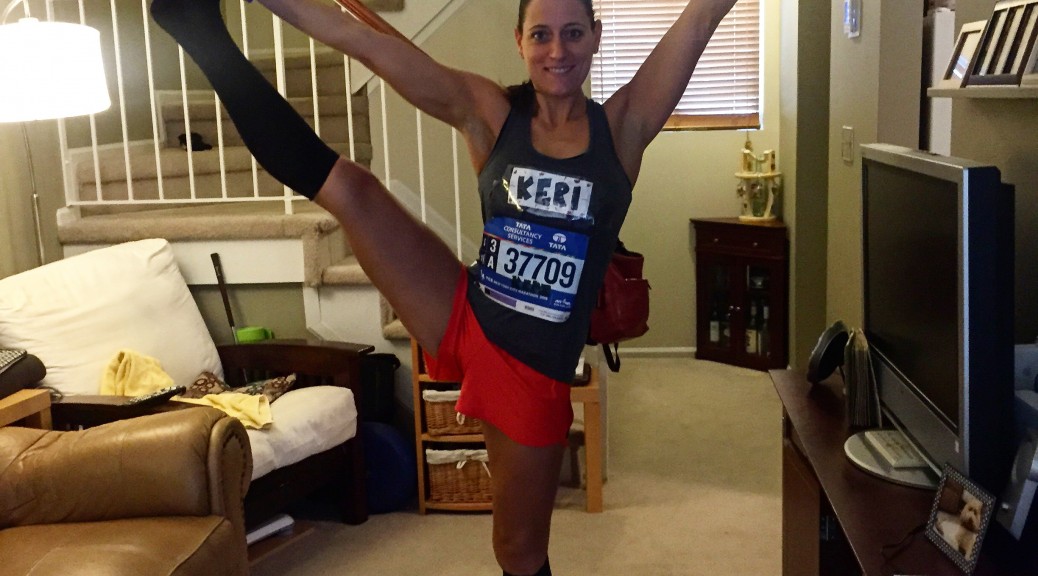
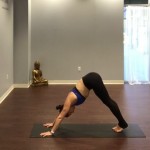
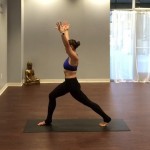
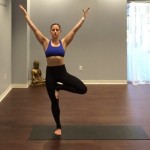 more you can strengthen your legs andimprove your balance, the less likely you are to twist an ankle or fall down when you’re on a trail or any type of uneven surface. Balancing on one leg, bring your other foot into your standing leg, try to be above or below the knee; avoiding pressing into the knee joint. Focus your gaze on an object in the distance and stand tall for 30 seconds to a minute.
more you can strengthen your legs andimprove your balance, the less likely you are to twist an ankle or fall down when you’re on a trail or any type of uneven surface. Balancing on one leg, bring your other foot into your standing leg, try to be above or below the knee; avoiding pressing into the knee joint. Focus your gaze on an object in the distance and stand tall for 30 seconds to a minute.